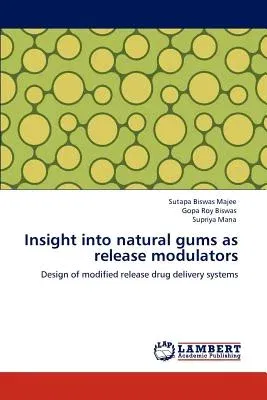Sutapa Biswas Majee
(Author)Insight into natural gums as release modulatorsPaperback, 18 June 2012

Qty
1
Turbo
Ships in 2 - 3 days
In Stock
Free Delivery
Cash on Delivery
15 Days
Free Returns
Secure Checkout
Print Length
52 pages
Language
English
Publisher
LAP Lambert Academic Publishing
Date Published
18 Jun 2012
ISBN-10
365916111X
ISBN-13
9783659161117
Description
Product Details
Book Format:
Paperback
Country of Origin:
US
Date Published:
18 June 2012
Dimensions:
22.86 x
15.24 x
0.3 cm
ISBN-10:
365916111X
ISBN-13:
9783659161117
Language:
English
Location:
Saarbrucken
Pages:
52
Publisher:
Weight:
90.72 gm

